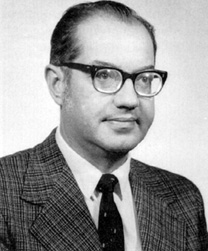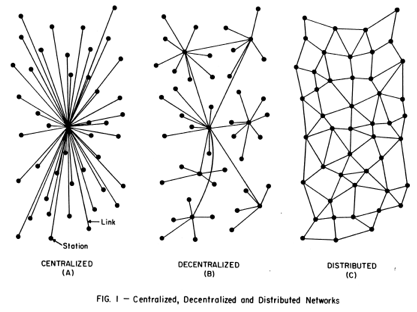Om Malik has a thoughful post about why some products work while others don’t — no matter how much VC money and industry plaudits they attract.
He picks up Gary Vaynerchuck’s idea of The Thank You Economy , in which the companies that provide the most value to their customers win. “It is a quaint notion”, writes Malik, “as old as the first bazaar, but somehow it got lost in postindustrial over-commercialization”.
, in which the companies that provide the most value to their customers win. “It is a quaint notion”, writes Malik, “as old as the first bazaar, but somehow it got lost in postindustrial over-commercialization”.
When I use Marco Arment‘s Instapaper, I quietly thank him, pretty much every single time. Why? Because he solved a problem for me and made my life more manageable. As a result I gladly upgraded to the paid version of the app. And when I am not saving or reading articles using Instapaper, I am telling everyone I can tell: Try it. That is what the “thank you economy” really is — me doing marketing for a product I have only an emotional or utilitarian connection to.
I look at all these great tablets coming to market. They are feature-laden, power-packed, and have bundles of computing oomph. And yet, they will all struggle because the makers are all looking through the wrong end of the telescope. My friend Pip Coburn emailed me, pointing out that people with iPads are the ultimate commercial for the device. The more people have them, the more people want them. “People will trust other people who do not carry an agenda to build revenues and manipulate you,” Pip wrote. Bing!
Don’t believe me? Put all the things that are part of your daily routine into these two buckets — happiness and utility — and you will see it for yourself that in the end those two are the driving forces behind a successful app, service, device or media property.
That rings lots of bells round here. Instapaper has solved lots of problems for me, and I really value it. Same goes for Dropbox, in spades. I’m currently finishing off a new book, and I’ve used Dropbox from the outset: it’s been a revelation compared with the last time I wrote a book — when I was continually fretting about back-ups, the location of different versions, etc.
Another revelation is how useful the iPad has become — for me, anyway. When it first came out, I was quite critical of it. What has changed is the ecosystem of apps which have transformed it into a really powerful mobile workstation. It’s still hopeless for my kind of blogging (which really needs multitasking), but for writing non-academic articles, reading and commenting on PDFs, note-taking in seminars and conferences and email-on-the-move it’s terrific. And Dropbox is the glue that binds it to my other ‘proper’ computers.
Thanks to Quentin, I’ve also found that the iPad is a pretty good thinking and presentation tool. It does run Keynote, which is fine if you like that kind of PowerPoint-type thing. But more importantly, it has a mind-mapping App which (unlike some iPad1 Apps) can drive a projector, and I’ve found that audiences which are PowerPointed-out seem to like it. You just work out the map of what you want to say, and then talk through it, squeezing and pinching and swiping as you talk. And if they want a printed record, you can export the map as a jpeg and email it to them.
 The Syrian authorities have now admitted that they have detained Dorothy Parvaz, a friend and a former Fellow on the Wolfson Press Fellowship Programme of which I am the Director. Dorothy works for Al Jazeera English and is based in Doha, Qatar. She’s a terrific journalist and a lovely person. Last Friday she flew to Damascus on a reporting mission and since then nobody has seen or heard anything from her. Through the MP for Cambridge, Julian Huppert, we have been pressing the British Foreign Office to make inquiries about her whereabouts. Al Jazeera have also been pressing very hard for her release. The Syrian admission is a step in the right direction, but none of us will rest until she is safely back in Qatar.
The Syrian authorities have now admitted that they have detained Dorothy Parvaz, a friend and a former Fellow on the Wolfson Press Fellowship Programme of which I am the Director. Dorothy works for Al Jazeera English and is based in Doha, Qatar. She’s a terrific journalist and a lovely person. Last Friday she flew to Damascus on a reporting mission and since then nobody has seen or heard anything from her. Through the MP for Cambridge, Julian Huppert, we have been pressing the British Foreign Office to make inquiries about her whereabouts. Al Jazeera have also been pressing very hard for her release. The Syrian admission is a step in the right direction, but none of us will rest until she is safely back in Qatar.



